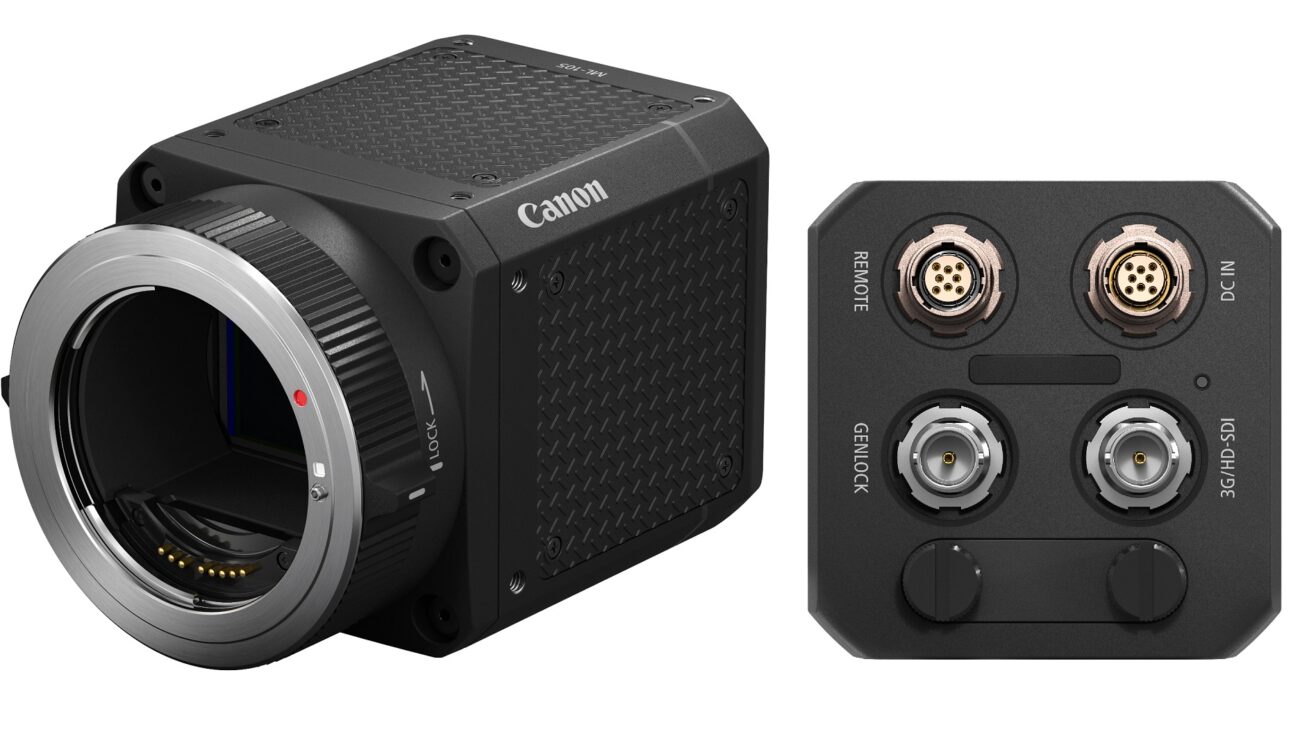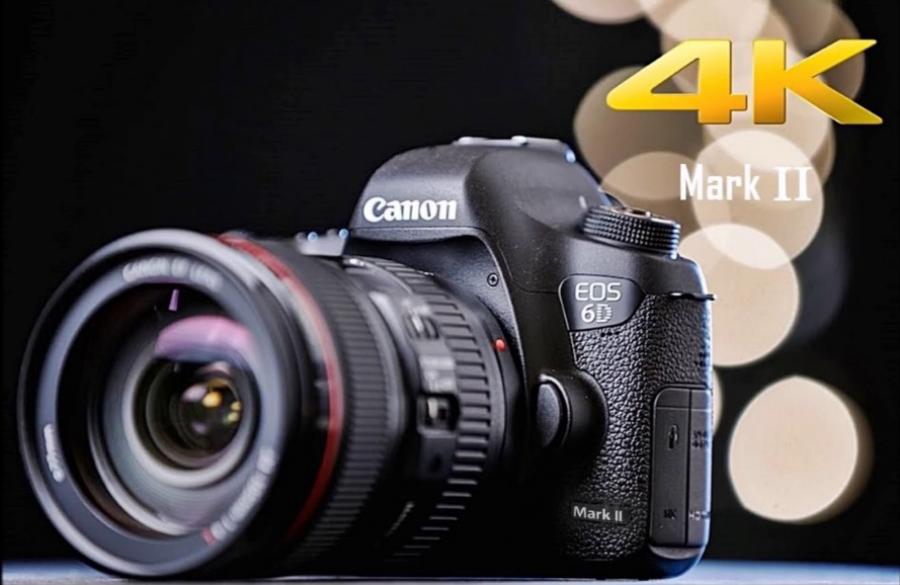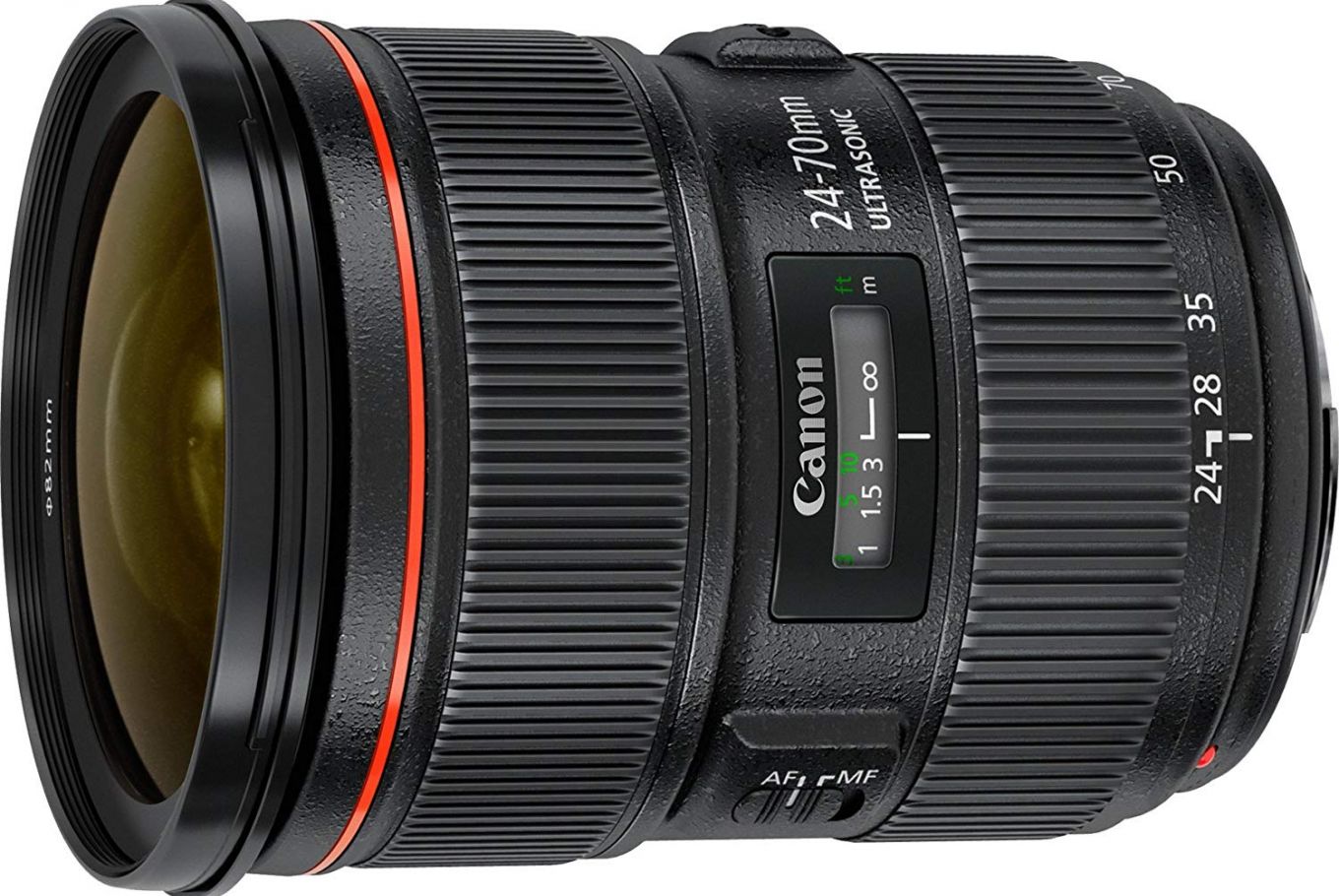

This is not magnification, just simply the result of two different-sized sensors of the same resolution being combined with the same focal length. However, crop-sensor cameras are a big hit with folks in the sports and wildlife photography arenas, because compared to a full-frame camera that packs the same resolution (megapixels) as a crop-sensor camera, the crop sensor provides a bit further “reach” when looking at two images of the same size. It simply crops the sides, top, and bottom of the lens’s angle of view. If you are using a crop-sensor camera, multiply any focal length by 1.6 (or 1.3 if you have an APS-H camera), and you’ll find out what the equivalent perspective is on a full-frame camera.Ī crop sensor does not actually magnify the focal length of any lens. Since the crop sensor chops a considerable amount of sensor away from a full-frame chip’s perimeter, the area of the lens now used can be equated to an 80mm lens on a full-frame sensor. However, for the 70D, we must multiply the focal length, 50mm, by the crop factor, 1.6, to determine the visual perspective with which we’re shooting: 80mm. For the full-frame camera, which has a crop factor of 1x, the perspective provided when looking through and shooting with the 50mm focal length is actually 50mm. Let’s say you are using a 50mm focal length on both a full-frame camera, such as the Canon 6D, and on an APS-C crop-sensor camera, such as the Canon 70D. Sounds confusing, and it is unless you see it for yourself! For the crop factor to become relevant in this case, you must multiply the focal length of the lens by 1.6 to determine the actual focal perspective in which you are shooting. The larger the crop factor, the smaller the sensor. A Canon APS-C crop sensor has a crop factor of 1.6x (the now-discontinued APS-H has a 1.3x crop factor). This is where the sensor matters when it comes to lenses. The size difference for crop sensors is determined by the sensor’s crop factor. Even tighter is the APS-C sensor’s crop (green stroke), offering a roughly 32mm perspective. When using the same lens, and APS-H sensor (purple stroke) captures a bit-tighter shot because of its 1.3x crop. The red stroke represents a ull-frame shot made at 17mm.

It was exclusively reserved for the 1D lineup until Canon introduced the 1D-X, at which point the APS-H sensor disappeared from production.įigure 1.5 This image represents what you would capture using the three different-sized Canon sensors. Up until a few years ago, Canon also manufactured another, larger crop sensor known as an APS-H sensor. These sensors can be found in anything “below” the 5D lineup, such as the Rebel series, the 70D (and its previous iterations), and the 7D. At the time of writing, Canon makes only one size of crop sensor, known as an APS-C sensor ( Figure 1.5). How much smaller? For Canon crop-sensor cameras, a bit more than 50 percent smaller.

Crop SensorsĪ crop sensor shares the same rectangular perspective (often referred to as the 3:2 ratio) but is considerably smaller. For many, a full-frame sensor is much desired for many reasons beyond how it correlates with the use of our lenses, particularly among portrait and landscape photographers and photojournalists. For those photographers moving from film SLR cameras (and many other types of cameras) to a DSLR, a full-frame sensor does not affect how you use your lenses and see your images, and you can more than likely use the same lenses, as long as they are designated as EF glass. You can find full-frame sensors in Canon camera models such as the 6D, the 5D (all versions), the 1D-X, and all of the older 1D-S models. Full-Frame SensorsĪ full-frame sensor is the same size as a 35mm film frame-just think of the film shot in many pre-digital cameras. It might not have meant much to you when purchasing your first camera, but it certainly means a lot in regard to the use of lenses and your future lens purchases.

Crop SensorsĮven if you’re new to the world of digital single-lens reflex (DSLR) photography, you’ve probably heard a comparison between full-frame and crop sensors. Canon Lenses: From Snapshots to Great Shots


 0 kommentar(er)
0 kommentar(er)
